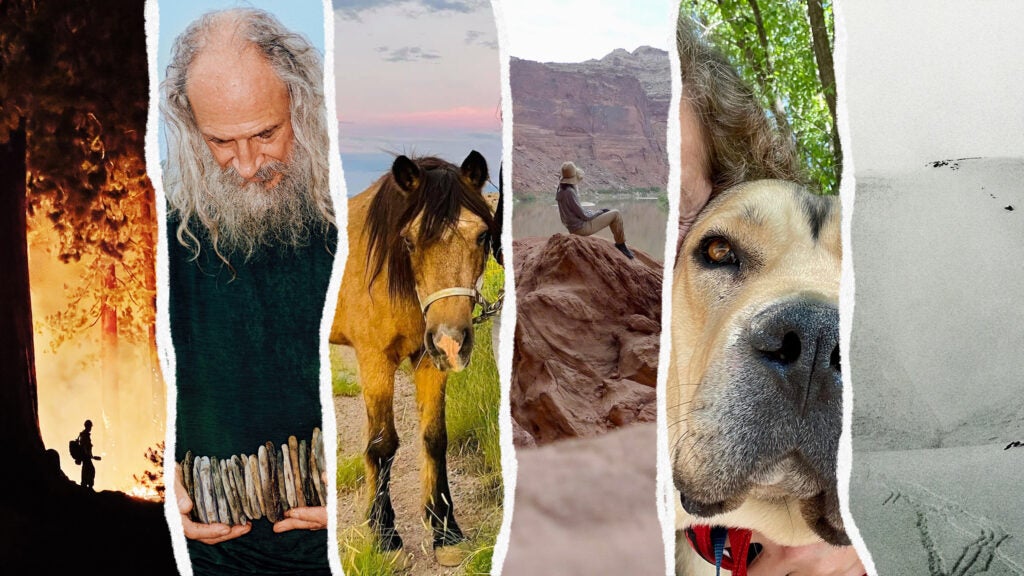No products in the cart.
Outdoor Adventure
Our Best Longform Stories of 2022
Outside’s long reads email newsletter features our strongest writing, most ambitious reporting, and award-winning storytelling about the outdoors.
This year, we published nearly 50 longform stories, from Gloria Liu’s whimsical quest to get naked outside to Alex Perry’s 17,000-word saga, “Inside the Siege of the Amarula,” about a rebel attack at a hotel in Mozambique (my personal favorite of 2022). While readers gravitated to “Jim Harris Was Paralyzed. Then He Ate Magic Mushrooms.” which was our most-read feature of the year, I asked a few editors to pick out their personal favorites from the last 12 months. — Matt Skenazy, features editor
“He Divorced Me on Land—but I Left My Marriage on the River”
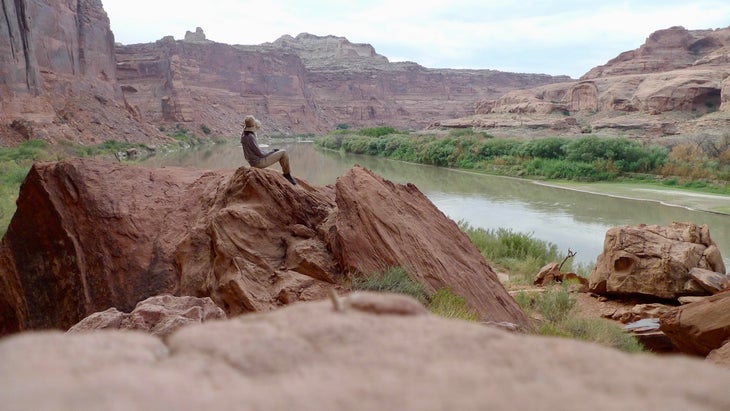
I am a huge fan of the way longtime Outside contributor Florence Williams combines her journalism and wilderness expertise with psychological health. She’s done groundbreaking reporting on how nature affects mental health, and in this excerpt from her 2022 book—Heartbreak: A Personal and Scientific Journey, about her divorce after her 25-year marriage came to an end—she puts those theories to the test on herself. She heads to Utah’s Green River to do a solo float trip to see if it might heal her shattered heart. It’s a poignant, raw, and occasionally hilarious look at the end of a relationship and how the river provided a way forward. — Mary Turner, deputy editor
“The Last Ride of Legend, a Pony Who Lived Up to His Name”
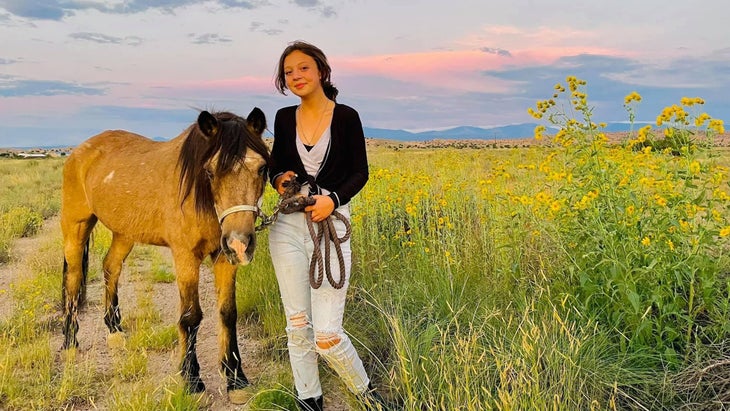
This is Tim Neville’s story about a mother and daughter who took a pony they owned and loved to his final resting place: Chincoteague, Virginia. I heard the basics of this tale directly from the mom—a New Mexico-based animal welfare professional named Mattie Allen—and I immediately knew Tim would do a great job with it. He’s from that part of the country, and his storytelling style, which combines excellent reporting and a distinctive literary voice, made him perfect for this. — Alex Heard, editor in chief
“To Save Sequoias from Wildfire, We Must Save Them from Ourselves”
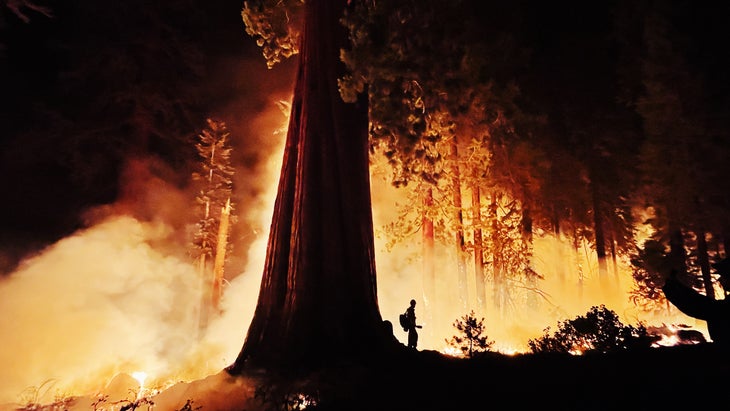
During a summer filled with horrific wildfire news—when New Mexico, where the Outside magazine editorial office is located, saw the worst fire season in the state’s history—we ran this story by Kyle Dickman and it really resonated. Dickman, a former wildland firefighter and longtime contributor, writes about fire’s devastating effects on California’s giant sequoias, the oldest of which sprouted more than 3,000 years ago. The statistics alone are staggering: “One out of every five giants has died in the past two years alone,” Dickman writes. “The math on how long those that remain might keep standing isn’t hard.” Through visits to the Sierra and interviews with scientists, hotshots, and his brother, the head forest ecologist at Yosemite, Dickman explores the tireless efforts to save the trees. It’s a grim look at the effects of climate change, but it’s also a story of hope: against all odds, so many people are still fighting to save these ancient giants. — Abigail Wise, digital managing director
“Stone Skipping Is a Lost Art. Kurt Steiner Wants the World to Find It.”
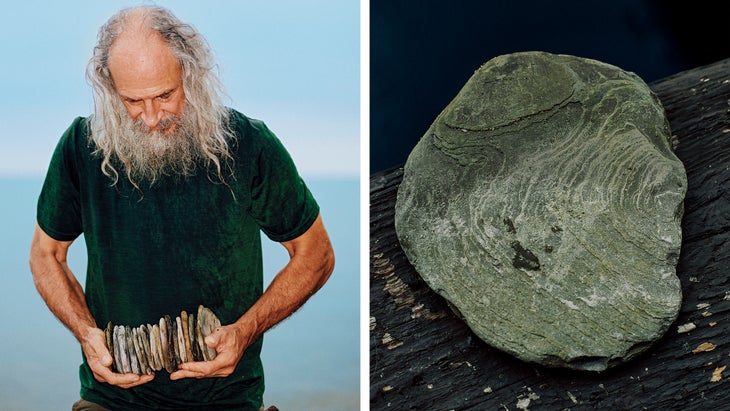
Kurt Steiner, the reigning king of stone skipping, first came to my attention when I read a wonderful story pitch from first-time Outside contributor Sean Williams. I’m always drawn to stories that offer a window into obscure subcultures, and in Steiner, Williams found a character who seems straight out of a novel: a part-time recluse who battles mental health issues, lives alone in a remote patch of Pennsylvania forest, and has dedicated most of his adult life to breaking world records while philosophizing on the mystical and healing powers of skipping stones. The ancient pastime had saved his life, Steiner told Willams. “There are people like me who don’t fit in the world as it is,” he said.
Who wouldn’t want to read his story? I remember thinking to myself. We immediately gave the assignment a green light. That was March of 2020, however, and you can probably guess what happened next. Not only was pinning Steiner down for a reporting trip difficult (he goes months sometimes without returning calls or emails), but the pandemic made travel literally impossible for the Berlin-based Williams, who was barred from travel to the U.S. for much of that year. In 2021, the story was back on, only to be paused again amidst surges in Covid variants. Williams wasn’t able to connect in person with Steiner until last March. And the story he finally turned in, I’m happy to report, was definitely worth the wait. — Chris Keyes, editorial director, Outdoor
“A Renowned Colorado Avalanche School Faces a Death on Its Watch”
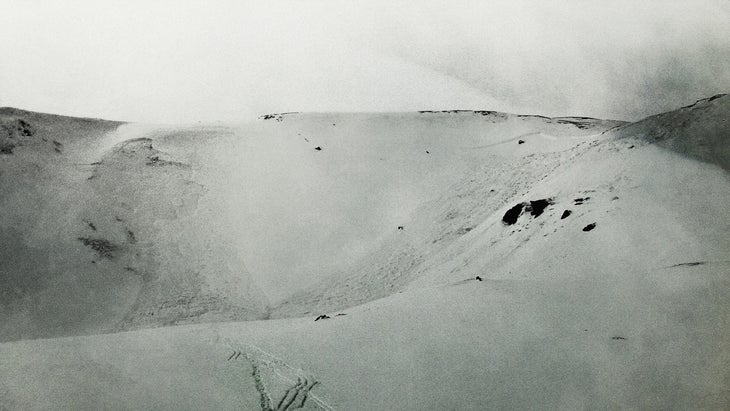
This story was hard to read, and I was painfully aware of the work it would have taken the writer, Devon O’Neil, to investigate and interpret the events of the central accident: an avalanche in the Colorado backcountry that killed a participant of an avy II course. He not only had to reconstruct the tragedy, but also assess it and then help readers do the same.
In reading, you want to tell the principals, as if silently pleading to characters in a horror movie, Stop, don’t! In the lead-up to this accident were various chances for something, anything, to be different. Yet like so many disasters, in the mountains or in hospitals or on airlines, this one fits the Swiss-cheese model of causation where all the holes lined up, creating catastrophe.
I was moved by the ending, to me signaling hope. People make mistakes. And systems should be, of course, improved; and in this case one takeaway was that such decision-making as occurred should be shared. But I appreciated the second chances given to avalanche educators who have learned the hardest lessons. People can turn terrible things around and make life better for others. As the story says, with so many people going into the backcountry, we need all the expertise we can get. — Alison Osius, senior editor
Meet Porky, Cinder, and Other Furry Survivors of the 2022 New Mexico Superfires
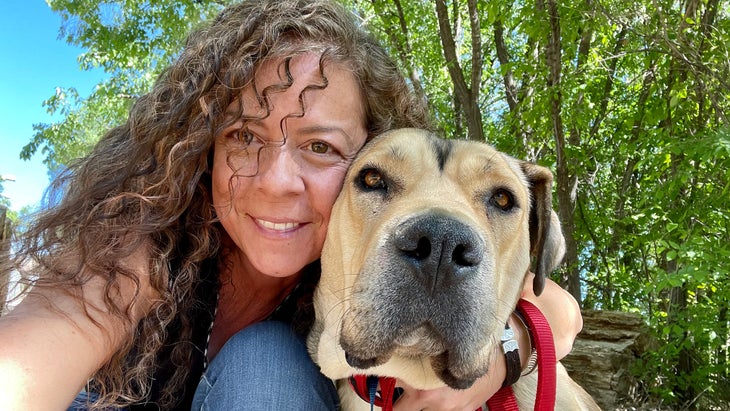
I have doom-and-gloom fatigue from consuming too much media on national politics, the culture wars, and the climate crisis, and my tastes for pleasure reading have changed dramatically. I gravitate toward stories of whimsy, happiness, and light through the darkness. That’s why I appreciated Alex Heard’s feature on the pets that survived New Mexico’s superfires. One sentence early in the story convinced me to read all the way through: “Spoiler alert! These stories all have happy endings.” — Fred Dreier, articles editor
Source link

